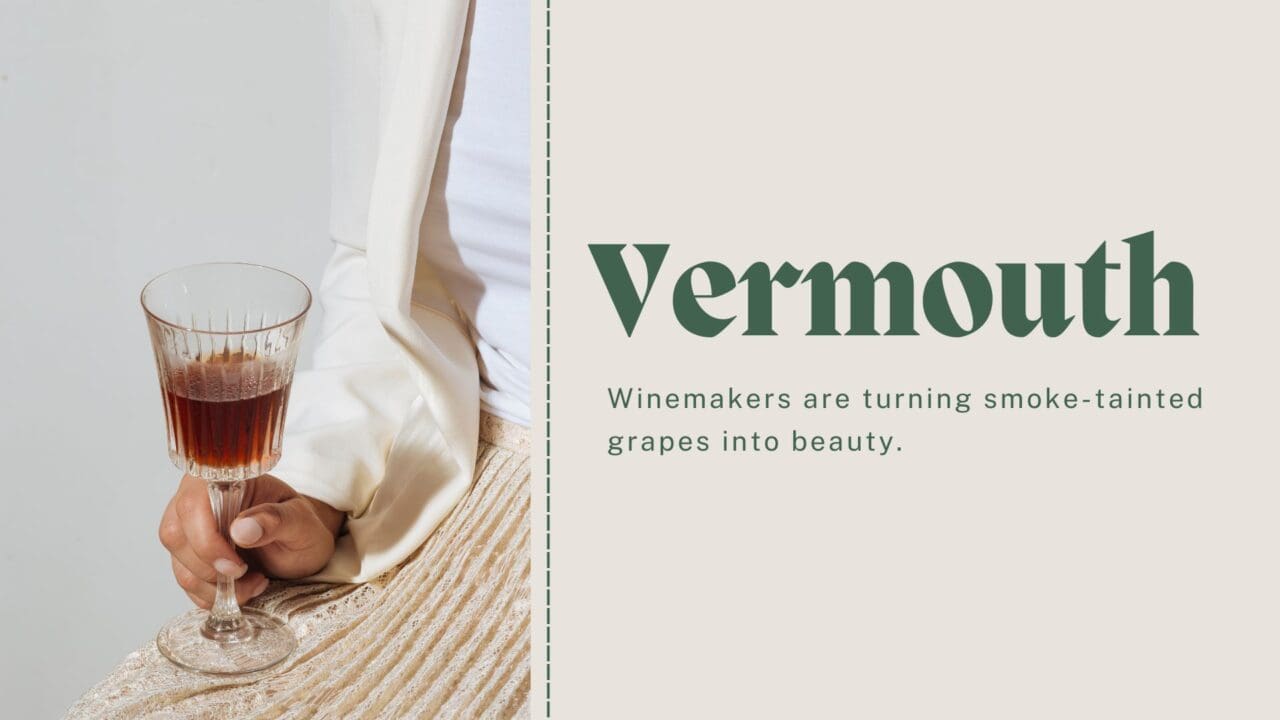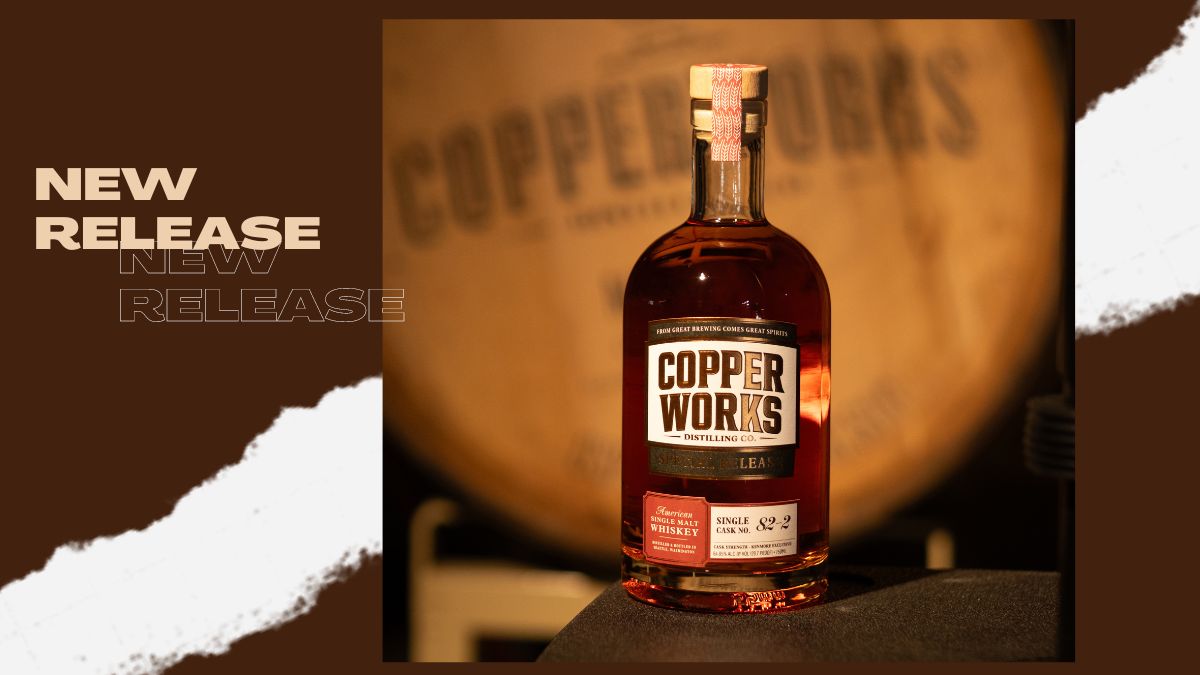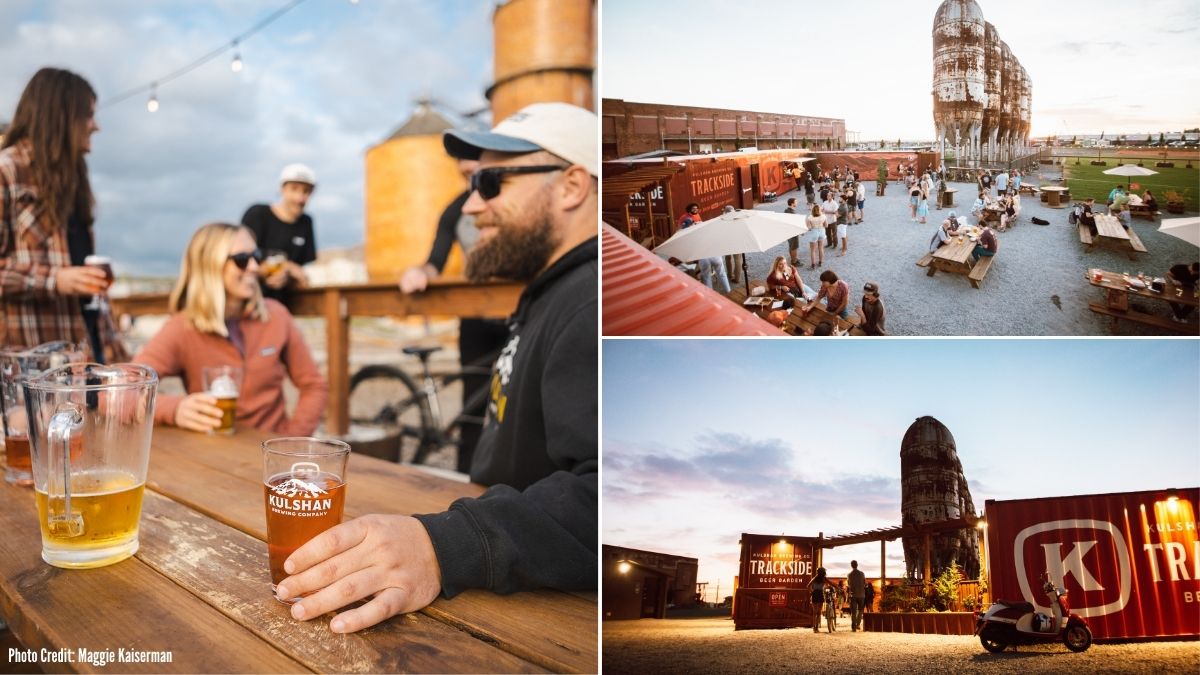Many moons ago, Carménère was considered one of Bordeaux’s “Noble Grapes” along with Cabernet Sauvignon, Merlot, Cabernet Franc, Malbec and Petit Verdot. Those vineyards were decimated in the 1860s by the phylloxera bug, which feeds on grapevines. Growers opted not to replant Carménère in favor of the region’s easier-to-grow grape varieties. This choice would have sent Carménère to the ancient grape scrapheap if it weren’t for an identification mix-up. A grape scientist on a trip to Chile rediscovered the grape in 1994. Evidently, before phylloxera, cuttings from Bordeaux were shipped to Chile and misidentified as Merlot. Given how distinct these two grapes’ flavor profiles are from one another, it’s a mystery how this happened.
Leonetti Cellar is most often credited with planting the first Carménère vines in Washington in 1997. The next year, a small number of acres were planted at Seven Hills Vineyard in the Walla Walla AVA. Since then, other winegrowers have added small blocks of Carménère to their vineyards.
Reininger Winery’s owner/winemaker Chuck Reininger quickly jumped on the bandwagon with the release of a 2002 Seven Hills Vineyard Carménère. Reininger holds the distinction of being the longest-running producer in the state.
The Washington State Wine Commission (WSWC), reports that less than .1% of the 240,000 tons of grapes harvested in 2022 was Carménère. In addition to small amounts typically added to Bordeaux blends, about 40 wineries make Carménère as a varietal. Most produce at most several hundred cases per year. Others produce less than 100 cases that are snatched up by wine club members.
One winery that is “all-in” on Carménère is Bartholomew Winery in Kennewick, Washington. In 2003, owner/winemaker Bart Fawbush discovered Carménère while preparing to open his winery. It was an immediate love affair. “I tasted a barrel sample of Carménère that blew me away,” Fawbush recalls. “I thought, ‘Oh my gosh, this is my favorite wine.’ I’ve never had anything like it. I loved the peppery notes. I loved the green bell peppers and pyrazines.”

Since its debut in 2007, the Bartholomew wine program has included Carménère. Reciprocity, a 50/50 blend of Carménère and Cabernet Sauvignon, was one of the first wines Fawbush made. “I thought the two wines worked out well together. They had a nice reciprocal relationship,” Fawbush says. “I didn’t know it at the time that Cabernet Sauvignon and Carménère were part of that same family tree, coming down from Cabernet Franc.”
In 2012, he began making a single-varietal Carménère. Fawbush can’t get enough of it. “I realized that Carménère, Cab Franc and other varieties that aren’t very popular are what most people were interested in tasting when visiting our tasting room,” he says. “It’s going to be our flagship wine. We’re going from small to really large quantities. Let’s hope people like it as much as we do.”
Bartholomew sources Carménère from five different vineyards (including Seven Hills) in multiple Washington AVAs and produces about 1,000 cases each year, which might be the most of any Washington winery. In addition to the Reciprocity blend he makes a Red Mountain Carménère and a second one from the Columbia Valley.
Clearly, Fawbush is a devotee of Carménère. Periodically, the Bartholomew team meets with friends who love Carménère and brings a selection of the wines from across the state to sample. “I like to do as direct a comparison as I possibly can,” he says. “For example, every year I buy the Frichette Carménère from Heart of the Hill Vineyard because it’s [from] the rows right next to mine. And [comparing] is one of the most fun things in the world to do.”
Fawbush is bullish on the future of the wine. “I’m hoping Carménère becomes very trendy in a way that puts Washington state and this interesting variety on the map,” he explains.

Featured Wines
2020 Bartholomew Carménère | Red Mountain AVA
100% Carménère from The Heart of The Hill Vineyard in the Red Mountain AVA. At first, this delicious wine strikes you as bold and fruit-forward on the cusp of being jammy. With flavors of vanilla, green bell pepper and peppercorns as well as acidity, it then follows with a touch of tannins to provide a well-rounded drinking experience. Fawbush suggests pairing with seared duck breast, lamb curry, or short ribs and polenta.
$37 | 13.9% ABV
2019 Bartholomew Reciprocity | Columbia Valley AVA
Until 2019, the Carménère in Reciprocity was blended with Cabernet Sauvignon. The wine’s 2019 edition is now a 50/50 blend with Cabernet Franc. According to Fawbush, “The pyrazines of the Cab Franc and the Carménère go nicely together.” Dark fruits and cola or root beer undertones can be detected on the nose. It tastes smooth and rich with a pleasing combination of fruit, acidity and tannins. Vegetal flavors are softly incorporated into the blend. Fawbush suggests pairing with rich meat dishes, braised short ribs or creamy cheeses.
$32 | 13.9% ABV






